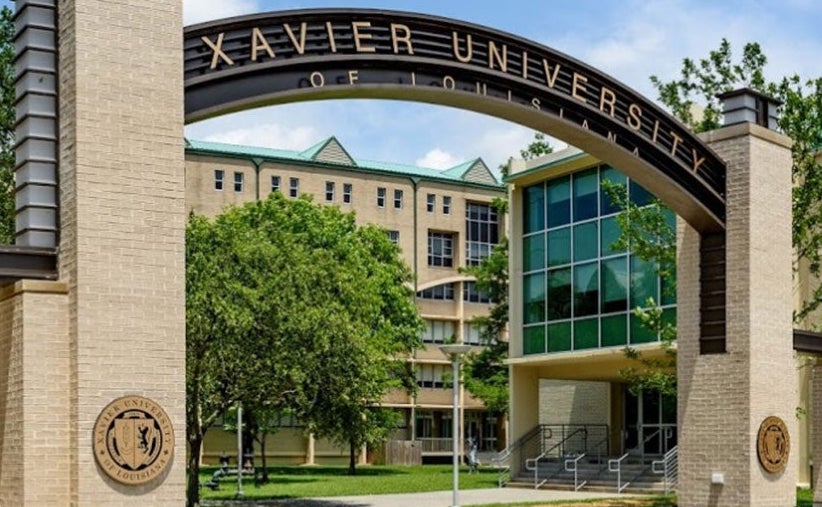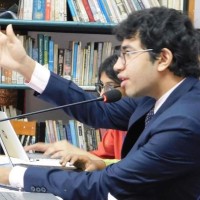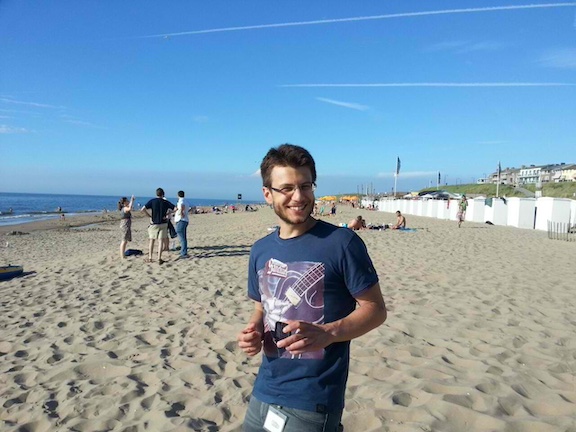Fall 2024 seminar schedule

Tue Sep 24, 12:15pm · NCF 574 — The Monoid of Non‑attacking Rooks
How many ways can you place non-attacking rooks on chessboard? This talk answers that question and defines the notion of symplectic rooks. We then define a partial ordering and discuss combinatorial objects to enumerate upper triangular boards with k rooks.

Tue Oct 15, 12:15pm · NCF 574 — Remote Sensing Technology for Utility Vegetation Management: A Regulatory Perspective Sprouting from a Pilot Study
Every year conflicts between trees and power lines cost lives and cause serious property damage. Satellite technology offers the potential to reduce conflicts between trees and power lines. We oversaw a pilot study into the effectiveness of satellites to find different kinds of potential problems and compared satellites to human inspections. In this talk we discuss the pilot study, its importance, our data analysis, and our results.

Thu Oct 17, 12:15pm · NCF 574 — On Bounds and Diophantine Properties of Elliptic Curves
Mordell equations are celebrated equations within number theory and are named after Louis Mordell, an American-born British mathematician, known for his pioneering research in number theory. In this talk, we discover all Mordell equations of the form \(y^2 = x^3 + k\), where \(k \in \mathbb Z\), with exactly \(|k|\) integral solutions. We also discover explicit bounds for Mordell equations, parameterized families of elliptic curves, and twists on elliptic curves.
Using the connection between Mordell curves and binary cubic forms, we improve the lower bound for the number of integral solutions of a Mordell curve by looking at a pair of curves with unusually high rank.

Tue Oct 29, 12:15pm · NCF 574 — Local‑global principle of elliptic curves
Let \(E\) be an elliptic curve over a number field \(K\) and \(\ell\) a prime number. Homomorphisms \(\phi:E \rightarrow E^\prime\) with finite kernel of order \(\ell\) defined over \(K\) are called \(K\)-rational \(\ell\)-isogenies and have been studied a lot because of their important arithmetic and cryptographic properties.
Given an elliptic curve \(E\) over \(K\) with a \(K\)-rational \(\ell\)-isogeny we know that the reduction of \(\tilde{{E}}_{{\mathfrak{p}}}/\mathbb{{F}}_{{\mathfrak{p}}}\) also has a \(\mathbb{{F}}_{{\mathfrak{p}}}\)-rational \(\ell\)-isogeny for almost all primes \(\mathfrak{p}\). In this talk I will explain when the converse holds and how it is related to the determination of rational points on modular curves. I will also explain how we can compute rational points on curves with the Chabauty–Coleman method.
No prior knowledge of Number Theory will be assumed while a brief introduction to all new objects will be given.

Tue Nov 12, 12:15pm · NCF 574 — Colored tilings on graphs
In how many ways can we tile an \(n \times m\) grid using colored polyominoes such that adjacent polyominoes have different colors? I don't know. In this talk, I will introduce the problem, discuss it in the context of general graphs, and review the cases where we have some results. This is joint work with José Luis Ramirez (UNAL).